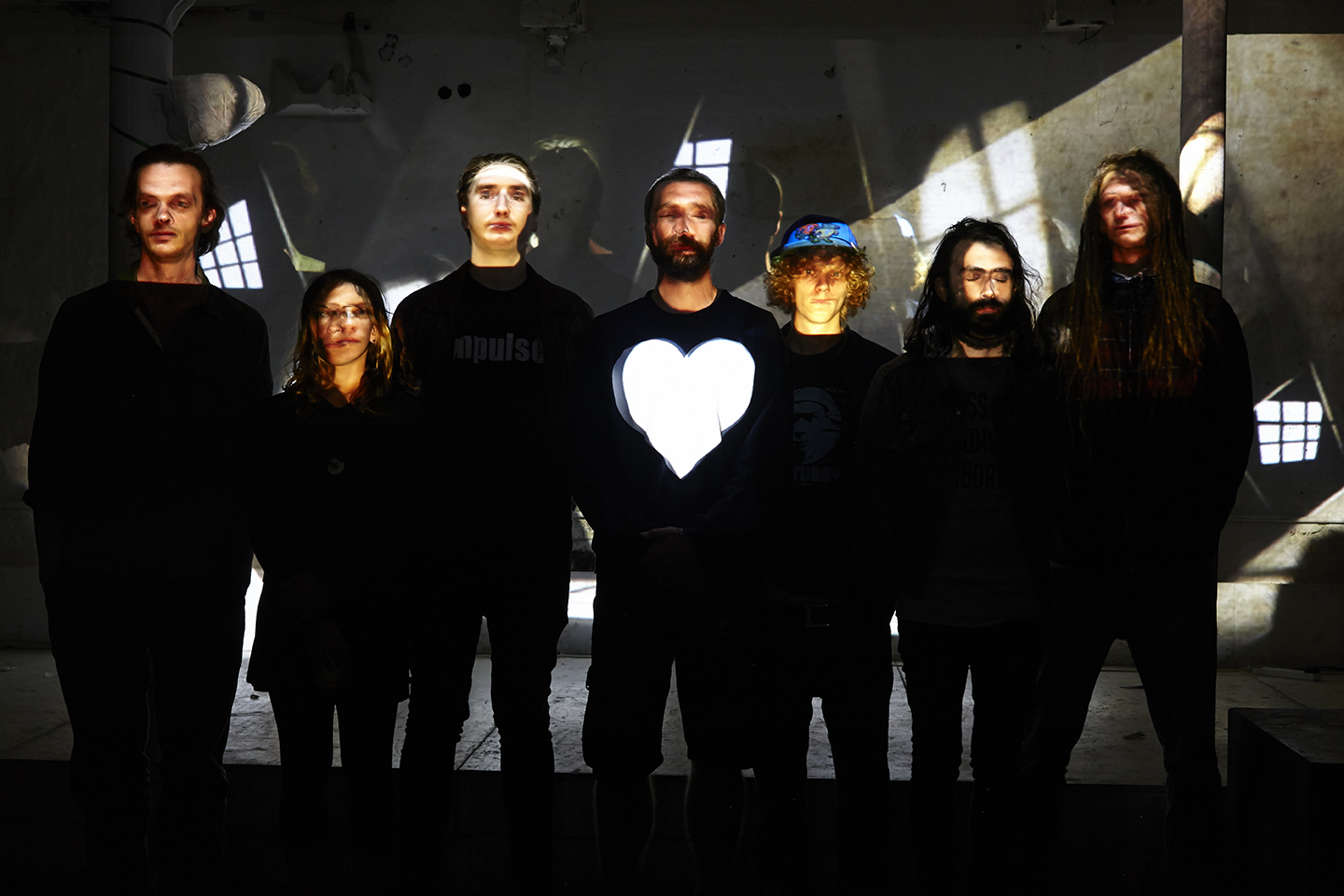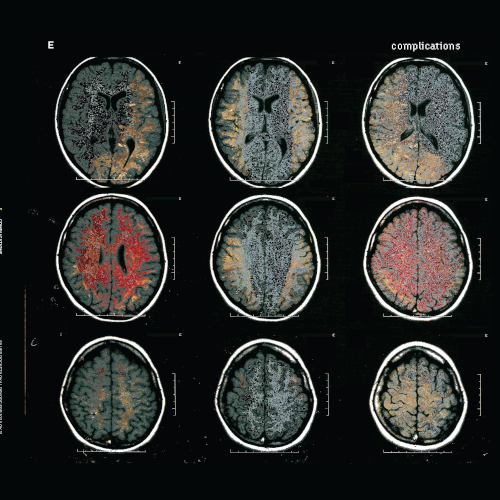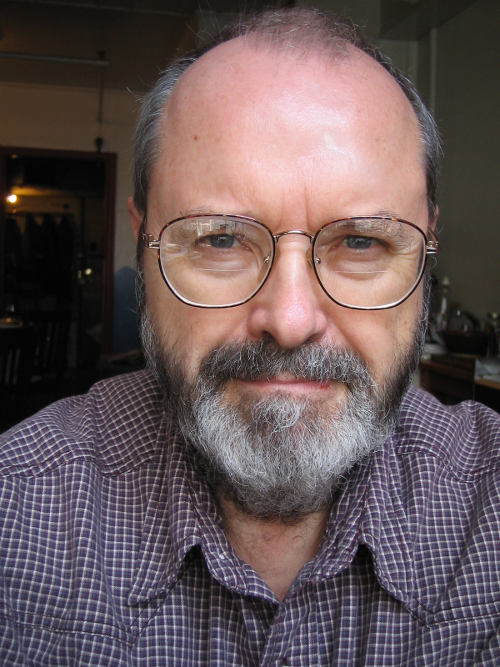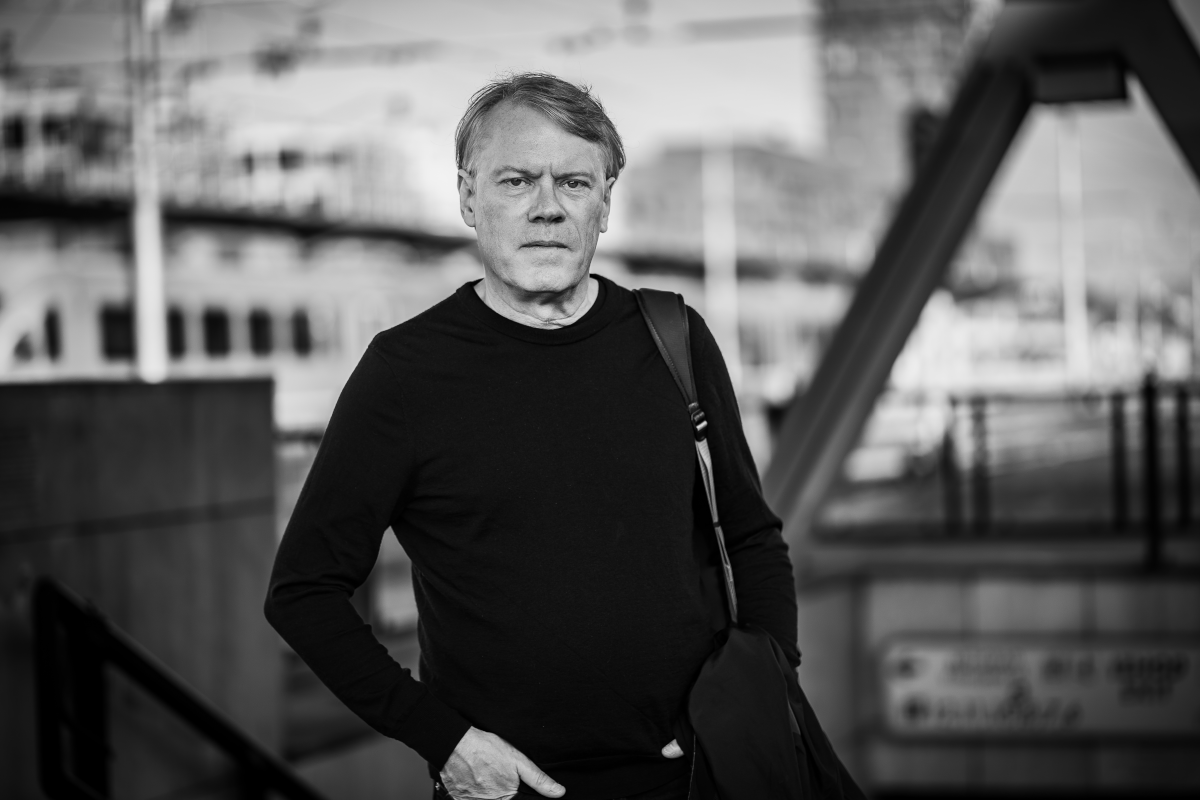 Although less prolific and less visible over the last decade after a rewarding thirty or so years of jointly directing The Walkabouts and Chris & Carla, Chris Eckman has remained a reassuring background presence as an adaptable Americana ambassador embedded in Europe.
Although less prolific and less visible over the last decade after a rewarding thirty or so years of jointly directing The Walkabouts and Chris & Carla, Chris Eckman has remained a reassuring background presence as an adaptable Americana ambassador embedded in Europe.
The start of this year sees the unveiling of another such sole-trading studio set, brought out into the world by Germany’s ever-supportive Glitterhouse enterprise, in the shape of The Land We Knew The Best. Arguably one of his most accessible and alluring self-billed affairs to date, the LP organically encases Eckman’s trademark gravitas and humanity within a richly cohesive range of intimate, warm, rugged and atmospheric arrangements, forged with an agile array of accomplices drawn to his latter-day Ljubljana locale in Slovenia.
Having reached such a fresh creative peak — and in complementary symmetry to our recent Freq profile of Carla Torgerson’s redemptive return — Chris Eckman thoughtfully engaged in an email-enabled deep dive into the songcraft of The Land We Knew The Best, a few historical backwards glances … and more besides.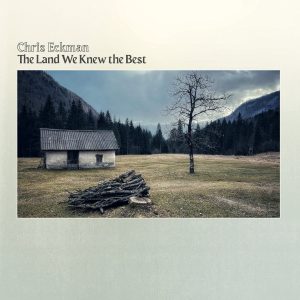 What has kept you busy across the three and half years since your last solo album, besides gearing up for its sequel?
What has kept you busy across the three and half years since your last solo album, besides gearing up for its sequel?
Much of my energy these past years has gone into keeping Glitterbeat, the record label that I co-own and run, moving forward. That’s a full-time pursuit. We have forty or so active artists and a catalogue now of over 160 releases. I have wonderful and super-dedicated and capable people working with me, but it still is a lot of work.
It makes it so I have to plan the musical stuff that I do carefully. That has turned out to be not necessarily be a bad thing. The fact that I can’t do music anytime I wish makes me appreciate it even more when I can do it. I feel very lucky to still be making music I care about at this point in my life. I don’t take that for granted.
Do you think that it would be fair to say that The Land We Knew The Best is an album that can actually be part-judged by its title and front cover, given it how well it matches the content within?
I am really glad that you feel the connection between the music, the title and the artwork. The title took a long time to settle on. But there it was one day, standing in clear sight. It is a line from the first song, “Genevieve”: “The heart, the land, we knew the best.”
The album cover photo and the photos in the rest of the artwork were taken by me. I even shot and edited the video for “Genevieve”. A complete control freak outburst. But there was a hard to describe atmosphere that I was trying to connect to, and something that ephemeral is really hard to explain to someone else.In terms of the moods and arrangements, the new record feels less austere in tone and more textured in comparison to its two predecessors, 2021’s Where The Spirit Rests and 2013’s Harney County. To these ears too, it seems to share a closer kinship with 2004’s The Black Field. How do you consider such an assessment?
I do think the album is more generous in its tone. Less stark, both in terms of music and sentiments. I have never thought of it in terms of The Black Field, but I see your point. I think the basic reason that the songs ended up the way they did is that the songs themselves seemed to ask for a different treatment than the previous two albums.
The last album especially was extremely introspective, especially when compared to a lot the work I’ve created in the past. The songs on the new album lift the veil a bit and allow more light to come in. It seemed logical, given the material we were working with, to take a more textured and communal approach with the recording.Did you have a strong idea on how you wanted to document the gathered songs at the studio stage or did the musicians you drafted in help determine their final incarnations?
I worked again with Alastair McNeil, who also produced my previous solo album Where The Spirit Rests. He had had specific ideas both in terms of arrangements and how to record things, and was fully responsible for the mix. Of course I brought ideas also. As usual, I sang and played at the same time, and didn’t do any corrections of the main voice and guitar. When we recorded the songs with the rhythm section, we worked that way with all the musicians. What you hear is what was played.
Alastair thought it would be interesting to have me sing through a PA as we were playing. That way we wouldn’t need headphones. That was a joy. And it created a ghostly texture in the background that can’t be gotten rid of. Bits of my voice bled into all of the microphones.I always stay open to what the musicians want to play, and there was very little instruction given. I figure you bring in people that you trust and let them do something that excites them. That’s why they are there in the first place. Almost all of the musicians on this album are friends, or people that I have known for some years. Most of them come from jazz and experimental music backgrounds.
That doesn’t mean they don’t do other things, but they bring in a different set of references than the folks I have worked with for most of my musical life. I approached Alastair to produce the last album, and subsequently the current one, because I liked some things he had been working on; but at the same time they were wildly different than the music I usually make. I suspected he wouldn’t want to make a standard singer-songwriter record, that he wouldn’t be beholden to the clichés of the genre.
“Genevieve” is a sublime opener. It makes me think of late-period Leonard Cohen, in terms of its broad yet personalised lyrical reach and its lush but intimate recording. What inspired you there?
The song is about how one processes loss. Or more accurately it looks at the process of loss. I’ve had a fair amount of that in the past years and it is not surprising that theme would end up in a song. Jana Beltran heard the piano part immediately when I played her the basic tracks. She sang it back to me, and it was obvious it had to be there. It became the beautiful hook that the song revolves around. I imagined Catherine Graindorge on the track. She brought a lot to the last record and her strings on “Genevieve” are sublime. She always delivers something unexpected.“Town Lights Fade” follows a similar vibe in its pacing and presentation. Lyrically, it seems to imagine the comedown afterlife of the characters in Bruce Springsteen’s “Born To Run”. What do you think informed its creation?
It’s a song about what things look like after the storm. Not a literal storm, but a life that has endured some chaos. The opening lines say it all: “The rage is gone and the fear has calmed.” The last couple years I have been picking up the pieces, rebuilding, restabilising. The song is about all that. There’s hope in it. For me, hope is born from making changes. It is not a passive idea.
It’s the only song on the album where I play electric guitar, except for a few squeaks of feedback on “Buttercup.” I am not sure what that info contributes to the story, but the rhythm has a different vibe and roll than the other songs, and it might be at least in part because of that. I think it was a first or second take. It was one of those takes where we knew it was the one, as soon as we ended.
“Running Hot” bears the hallmarks of the European cultural and geographical environments you’ve become embedded in. Would you concur?
That seems like a fair assessment. Ljubljana is definitely the “flatlands” of the final verse and I can actually picture the mountain range where the “mountaintops have stars for eyes.” Fashioning a sense [of] place is very important to my songwriting. Sometimes it is the most important element. A theme unto itself.Contrastingly, the ensuing back-to-back “Buttercup” and “Laments” are noticeably looser, rawer and more vintage Americana in spirit, like Howe Gelb having a road trip with Crazy Horse. What was your approach for those two?
The whole album is pretty loose when it comes right down to it. Everything is guided by mood and atmosphere and the timing we felt when we played the song. We experimented with different feels to see what felt right. I have been playing with the drummer Blaž and the upright bass player Žiga for around fifteen years. We leave things very open and try our best to explore the moment. I am very clearly a student of Neil Young and Howe in that regard.
Would it be fair to assume that “Haunted Nights” was the most personal and challenging piece on The Land We Knew The Best to capture?
My memory about that song – both the writing and the recording — is that it was never a struggle. That one resides in my comfort zone. It’s a song that musically could have been born in the early ’90s when The Walkabouts were doing records like Satisfied Mind. I was listening to a lot of Kris Kristofferson and Sammi Smith and Willie Nelson over the past years. Some of that crept into the song.“The Cranes” is the most atmospheric moment on the LP and another particular highlight to these ears, after the two openers. What do you think you were trying conjure there?
That one is all about atmosphere. The lyrics are the shortest on the album. I kept cutting them down. I wanted them to have a spareness and open-endedness, like some of the Japanese or Chinese poetry that I’ve read. Alastair created wonderful soundscapes for the beginning and ending of the song, and when it was shortened those parts became more prominent. It was an experiment and I think it worked out well.“Last Train Home” seems like it could only sit at the close of the collection, as a bookend pairing with “Genevieve”. Are they connected?
It’s funny. I’ve started to think they are connected, but I wonder if that is because they are the only two tracks that have piano? The prominent piano parts help give the album flow a continuity. The two songs feel like bookends, as you mentioned.
Were there any outtakes from the recording sessions that might surface elsewhere?
There’s not a single one. We recorded eight songs and that is what is on the album.
What are your plans for taking this album into the live arena?
I will do as much touring as I can, but it will be modest. I can get away for a few days a month at the most. There’s a London show about to be announced for June. Me and the rhythm section will go to Italy for a week in March. I will do dates opening for The Delines on the continent; Denmark, Sweden, The Netherlands, a little bit of Germany. I am really excited about that. They are one of my favourite bands of the past few years.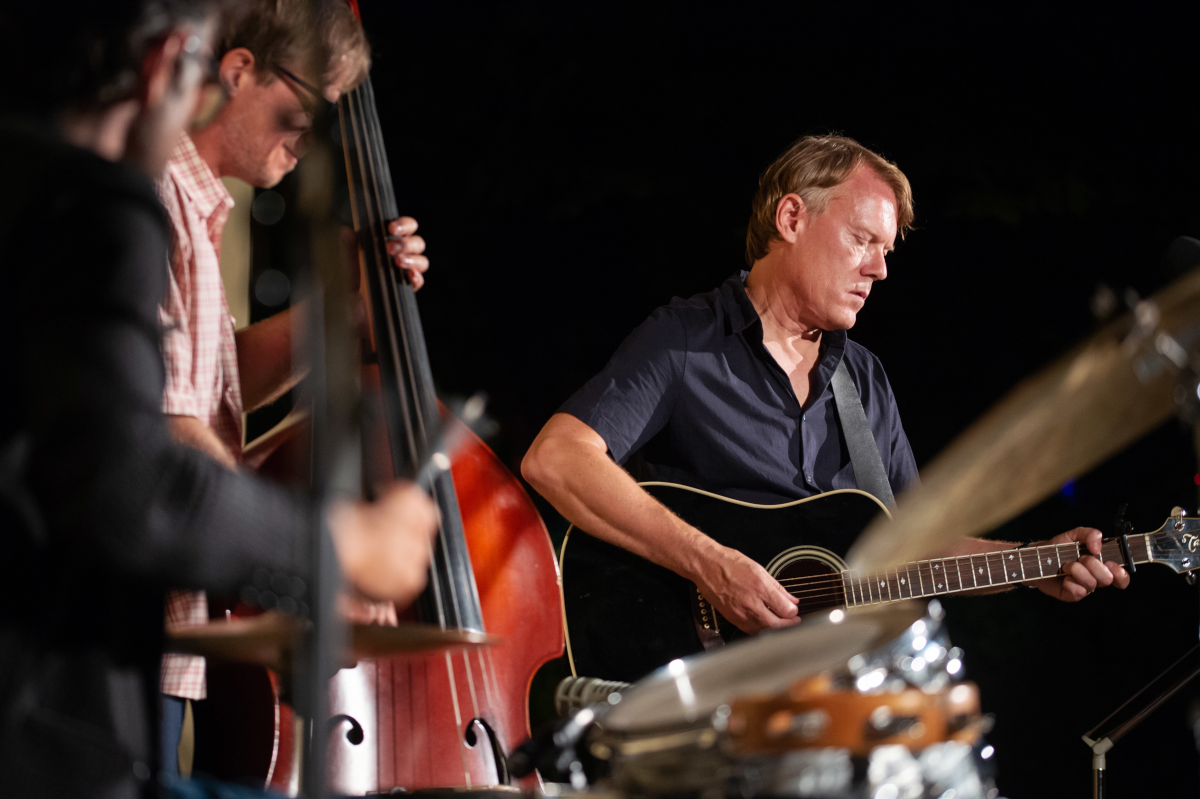 It’s been nearly a decade since The Walkabouts called it a day. Looking back with some more distance, how do you consider that the band’s legacy is shaping up now?
I don’t give a lot of thought to legacy per se. It is out of our hands anyway. I know there are people who still cherish the music, and that’s enough for me. That’s more than enough. I never expected to be in the band for more than a couple years, so the fact that forty years since The Walkabouts began, there are still folks listening to what we did, is a thrill.
It’s been nearly a decade since The Walkabouts called it a day. Looking back with some more distance, how do you consider that the band’s legacy is shaping up now?
I don’t give a lot of thought to legacy per se. It is out of our hands anyway. I know there are people who still cherish the music, and that’s enough for me. That’s more than enough. I never expected to be in the band for more than a couple years, so the fact that forty years since The Walkabouts began, there are still folks listening to what we did, is a thrill.
Having had a belated deep dive into the early EPs and albums recently, surrounding this interview and the one that I recently conducted with Carla, I am particularly struck by how fresh and distinctive they still are. Do you think the pre-Satisfied Mind phases of the group are somewhat undervalued, even by yourselves?
We ran away from that era in some ways. There was a very conscious turn that started after my brother Grant left the band in 1992 and Terri Moeller joined as our new drummer. I really wanted to slow things down, and to dial back the volume. It took a few years to really embrace that, and there were purposeful relapses like the Acetylene album, but there needed to be a reaction against those earlier records to get to where I wanted the band to go.
At this point I can look at things clearer. I listened a bit to some of that music in the past year or two. There’s a lot of verve and a self-confidence that I didn’t fully appreciate at the time. There are not a lot of bands who fused their love of The Buzzcocks with their love of traditional folk songs. I appreciate the daring and the commitment to not reading the instruction manual. We sounded like ourselves and that counts for a lot.Glitterhouse has been doing a solid job of re-curating parts of The Walkabouts and Chris & Carla catalogue with several boxsets, and your other former bandmate Michael Wells is holding-up the digital side of things on Bandcamp and via his Drums & Wires label. Are there any plans for Glitterhouse to tackle more archive releases and for your rarer tour/mailorder CDs to go on Bandcamp?
The problem with those tour / mailorder CDs is that they were basically bootlegs. Most of that stuff is lifted from sessions we did at national radio stations on the European continent or from concerts those sorts of stations recorded. The legal stuff would be tough to work out, and some of those stations ask crazy fees for the rights to use their recordings. It is very doubtful we would take all of that on.We did work for a bit on some other archival projects during Covid. Both Carla and Tony Kroes, our former soundman and early producer, had their Walkabouts cassette and DAT archives digitised. We were looking for some nuggets, but didn’t find enough to keep going. So many of our good B-sides, demos and rare tracks ended up on the Death Valley Days and Drunken Soundtracks compilations.
I tend to be the grumbly guy when it comes to these sorts of projects. I guess I just feel there is so much music out there already that whatever we release now, needs to be damn good. Of course there will be varied ideas as to what that means. I am possibly too hardcore when it comes to these sorts of things.Were you proud of what Carla pulled off with her own solo album released last year, for which you donated the title track and guested on?
I am very proud of her, because it took a lot of tenacity to finish it. She was derailed by the Covid lockdown and some injuries and also family challenges. The sound of it really surprised me at first. The fact that she was working on a lot of the songs with a large band. But now that I am used to it, I really like that she didn’t do a typical singer-songwriter album. The arrangements feel very ‘her’ and the songs she wrote are beautiful. The track I gave her I wrote especially for the album. It felt good to collaborate again.Have you been pleasantly surprised how well that the extended Walkabouts family has remained connected?
Not really. We were always something like a family. Sometimes of course our relationship reflected the downsides of that, but mostly we looked out for each other and enjoyed each other’s companionship. Those feelings are still there when we hook up, in person or virtually.
You’ve lived in Ljubljana in Slovenia for some time now. In what ways has it made life easier and more complicated to sustain your musical activities?
When I first moved here it made things a lot easier. For the previous ten years I had been working mostly in Europe, both with The Walkabouts and Carla and I as a duo, but also as a record producer. A lot of doors opened up because I was here, especially in regards to producing. The downside is that it made it very hard to keep the band going. It made it hard to have that creative intimacy.When Glitterbeat was starting I said to everyone that it was going to be hard to continue with the band, and that turned out to be the case. It is definitely sad on one hand, but it also feels like we stopped at a good time. We had made a record that we really loved and that was well-received, and the audiences for the tours were large by our standards and very enthusiastic. There is still something that feels complete about it, at least for me.
Given your diverse and storied career to date, have you ever considered penning a memoir of some kind, like your sometime collaborator Steve Wynn?
I really loved Steve’s book. He is also a great storyteller in that form. I have thought about doing one myself, but the idea is still embryonic and it might stay that way. I have written essays over the years and I enjoy the challenge of that sort of writing, but I am still not sure if it is the way that I best express things. I probably should figure that out pretty soon.Once the release and touring campaign for The Land We Knew The Best has been concluded, what other things do you have following in the pipeline, that you’ve not already mentioned?
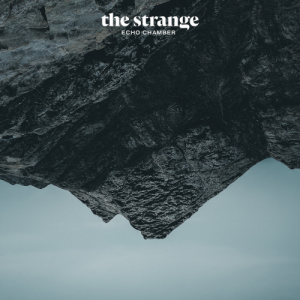 I will be working on a few other albums this year. The next Dirtmusic album is getting close to finished. Hugo and Murat and I recorded most of it in Istanbul in the summer of 2023. It is wilder and more psych than anything we’ve done. The Strange, an eight-piece project I have with a wonderful cast of Croatian musicians, is starting to make recording plans. The songs are coming together nicely. Our previous album Echo Chamber came out on Glitterhouse in 2018.
I will be working on a few other albums this year. The next Dirtmusic album is getting close to finished. Hugo and Murat and I recorded most of it in Istanbul in the summer of 2023. It is wilder and more psych than anything we’ve done. The Strange, an eight-piece project I have with a wonderful cast of Croatian musicians, is starting to make recording plans. The songs are coming together nicely. Our previous album Echo Chamber came out on Glitterhouse in 2018.
*
